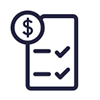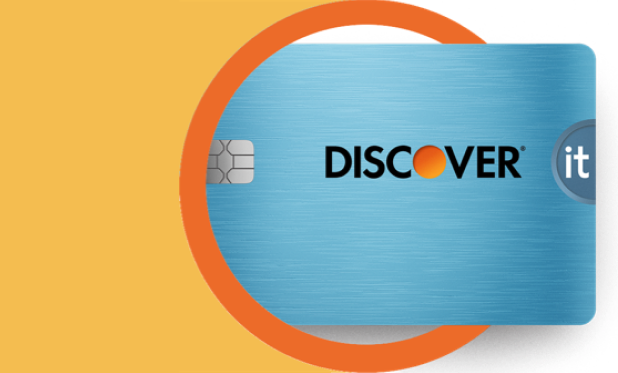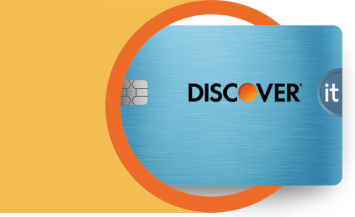Ready to take charge of your finances and work towards a financial future you’re excited about? Creating a budget that works for you is a great first step.

How to Create a Budget to Save Money
9 min read
Last Updated: August 29, 2025
Next steps

See if you're pre-approved

View all Discover credit cards
See rates, rewards and other info
You may also be interested in
Was this article helpful?
Was this article helpful?




